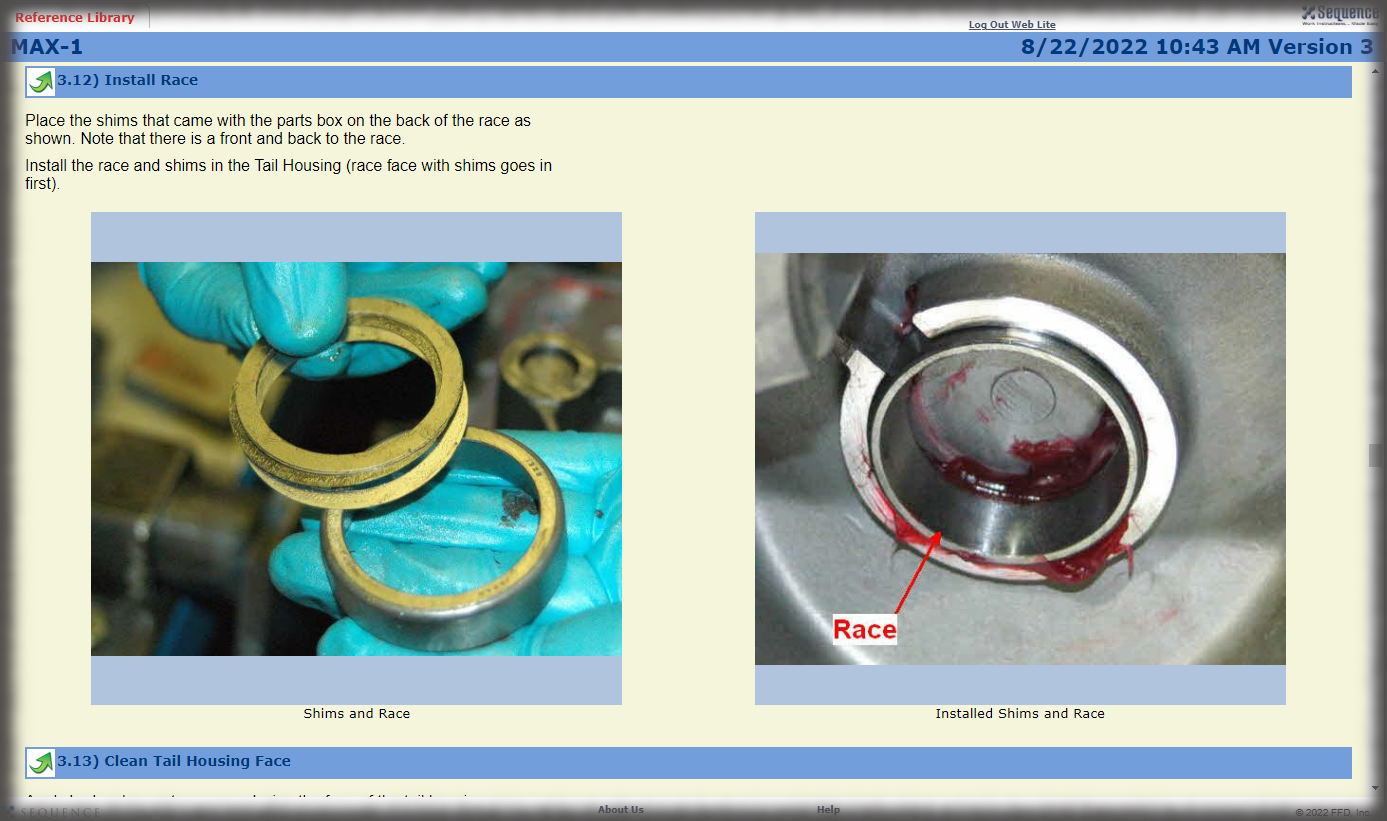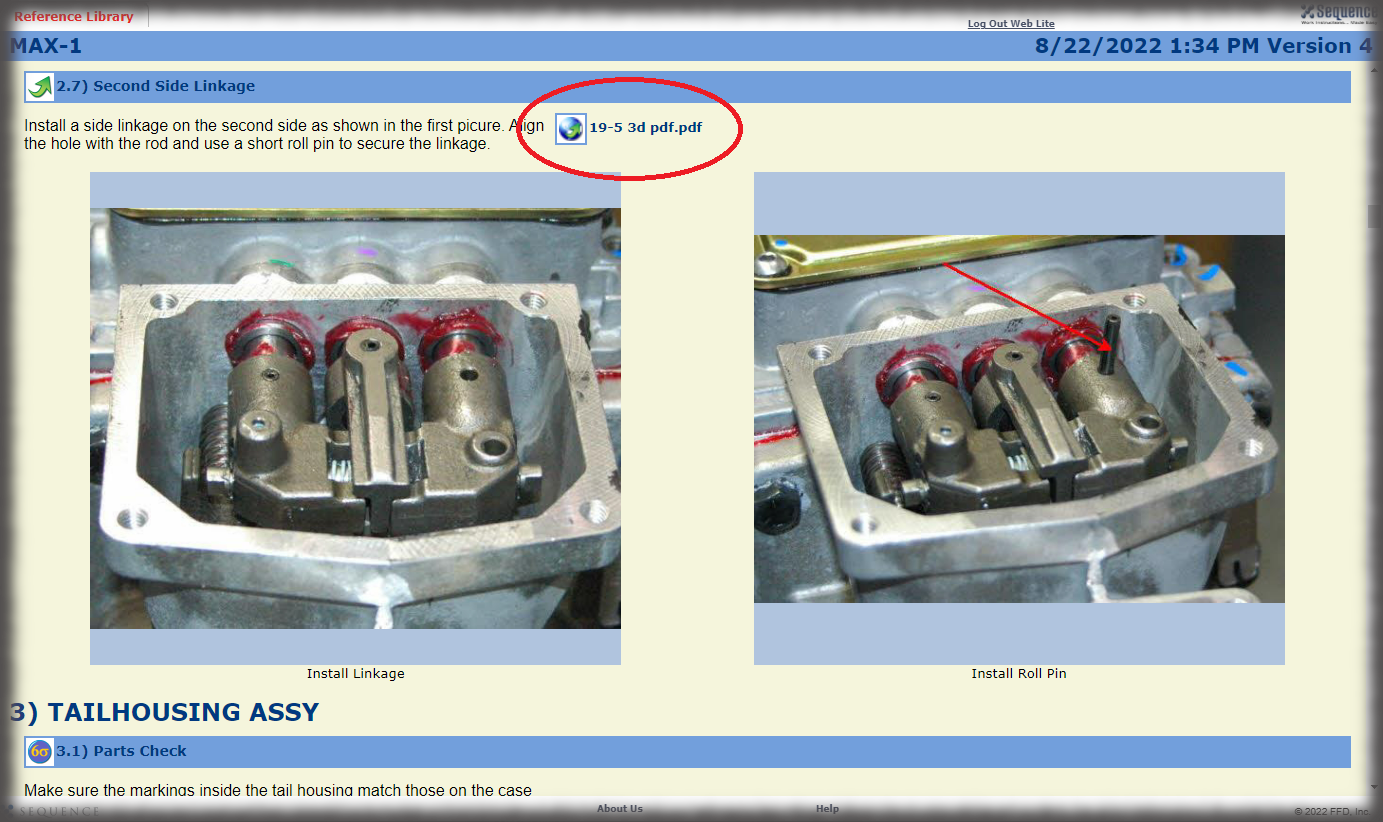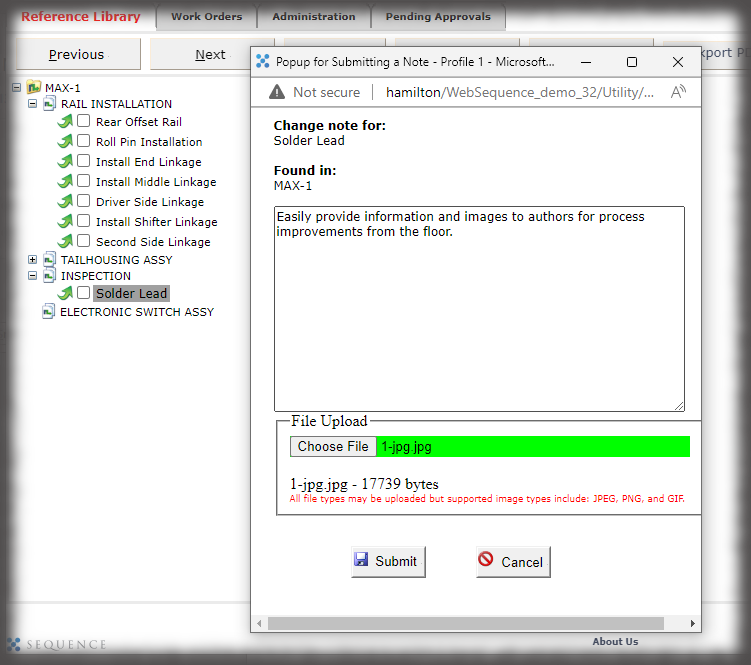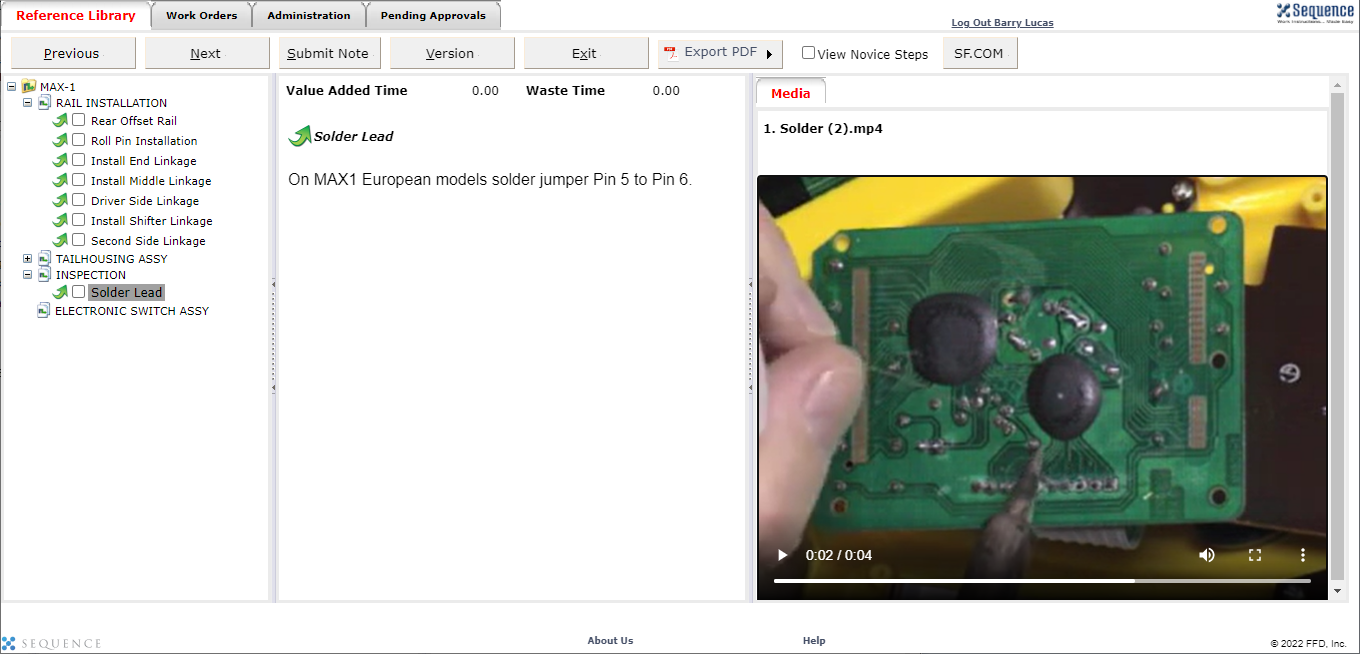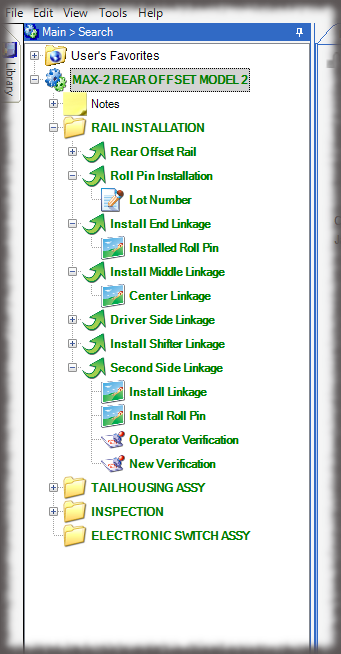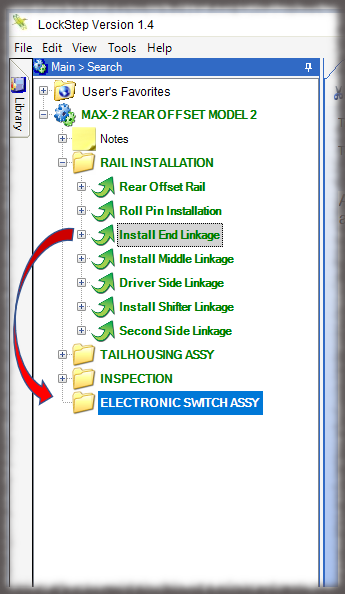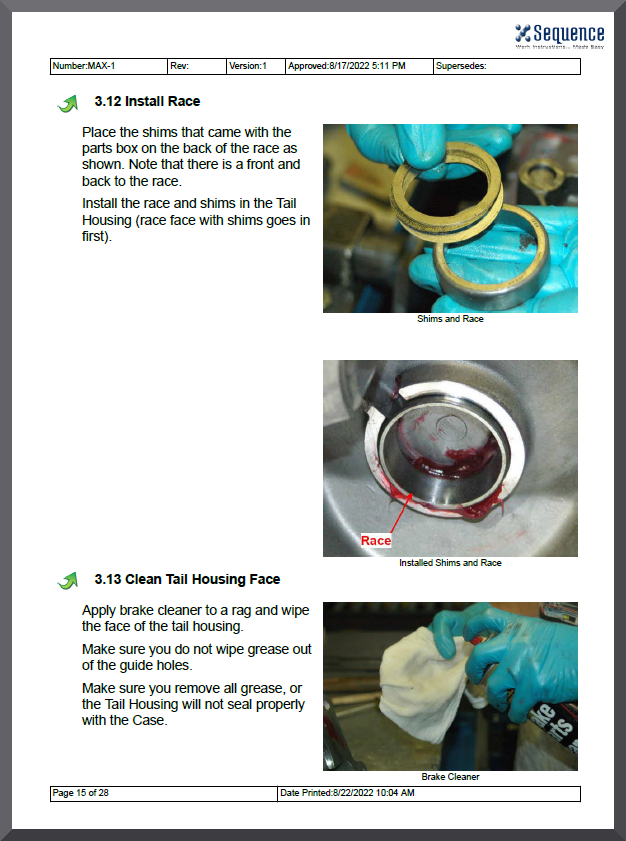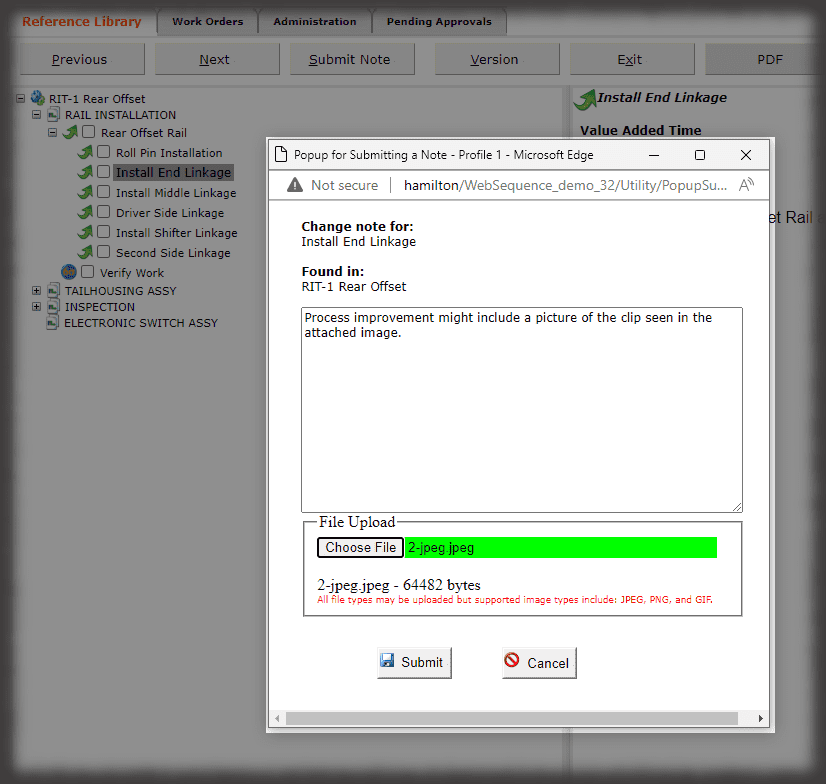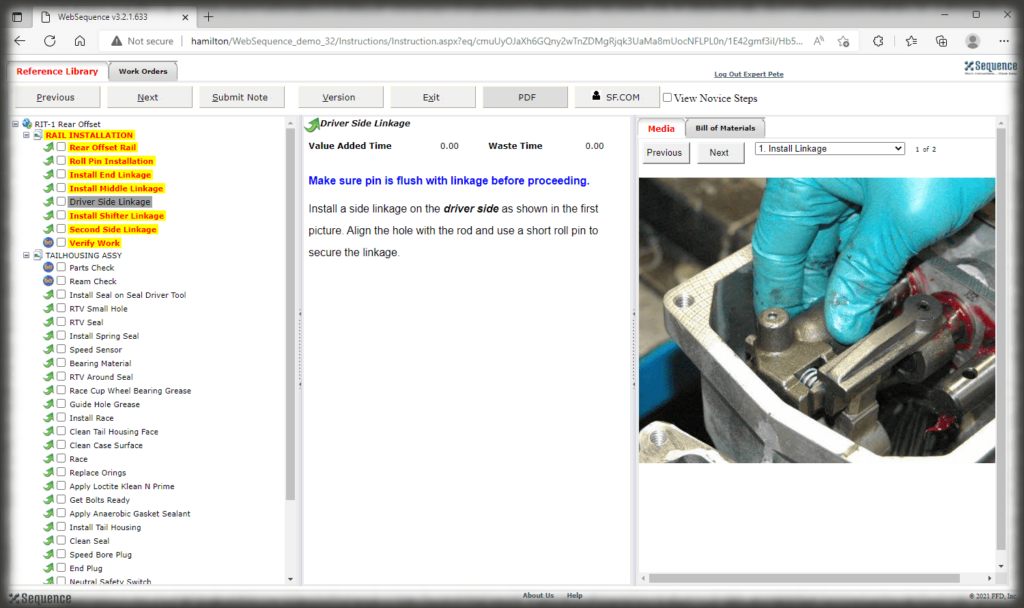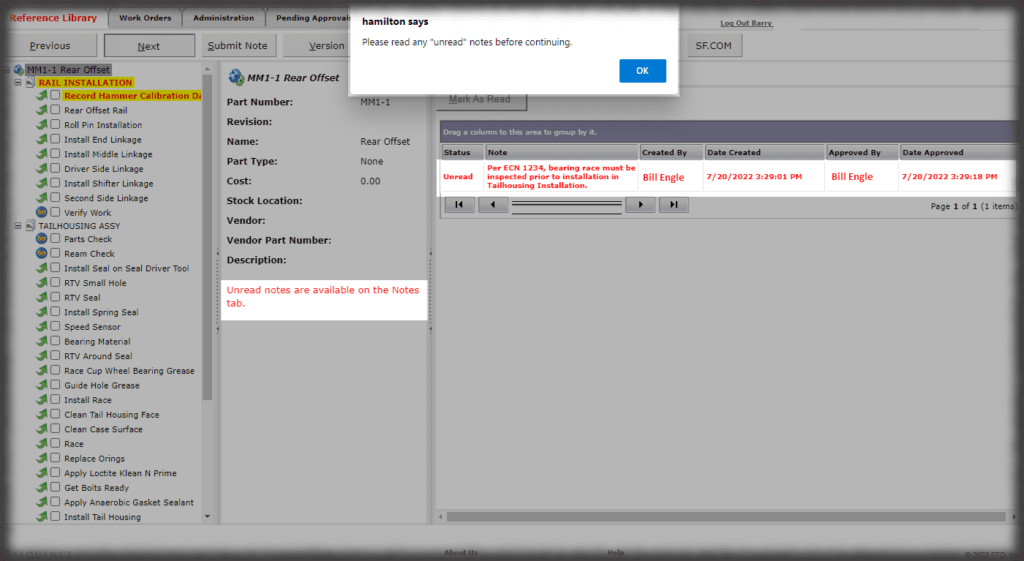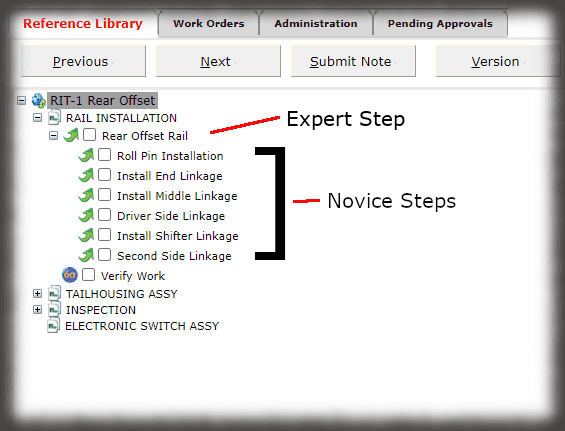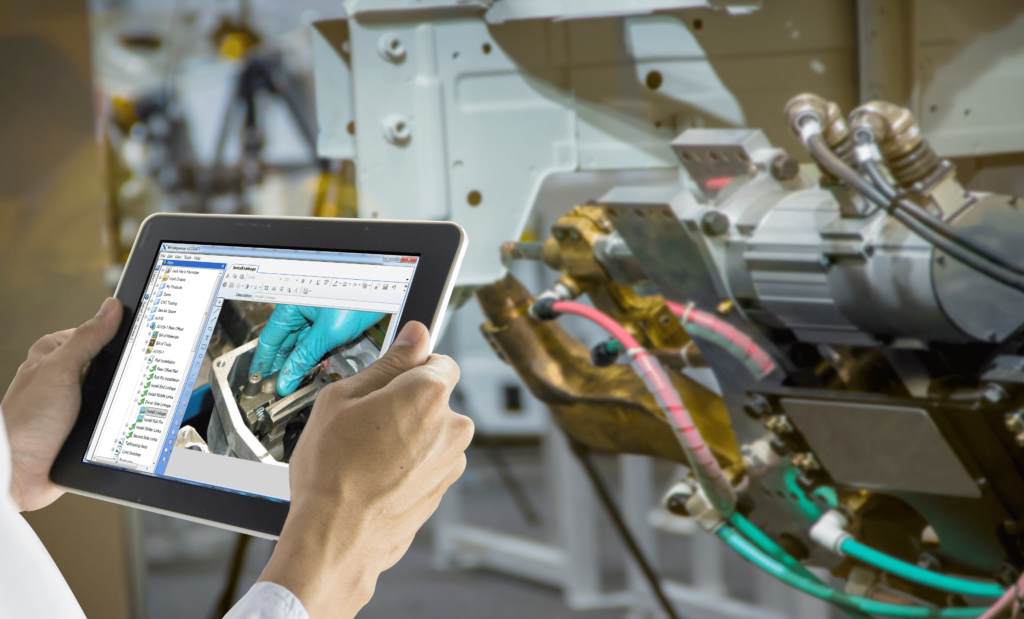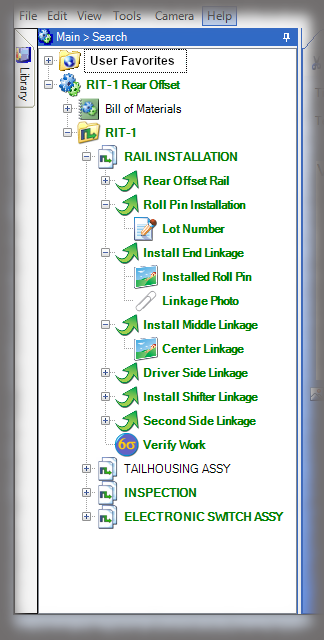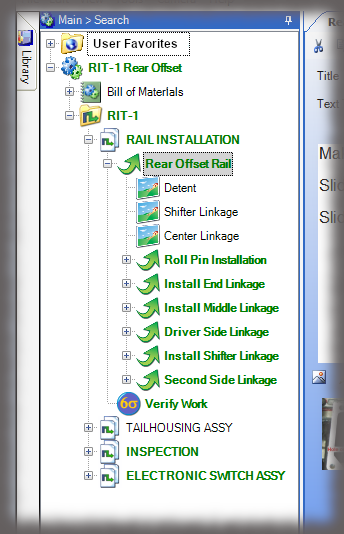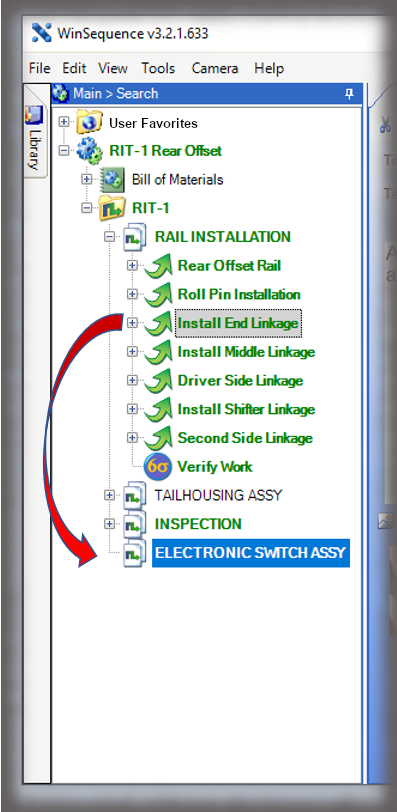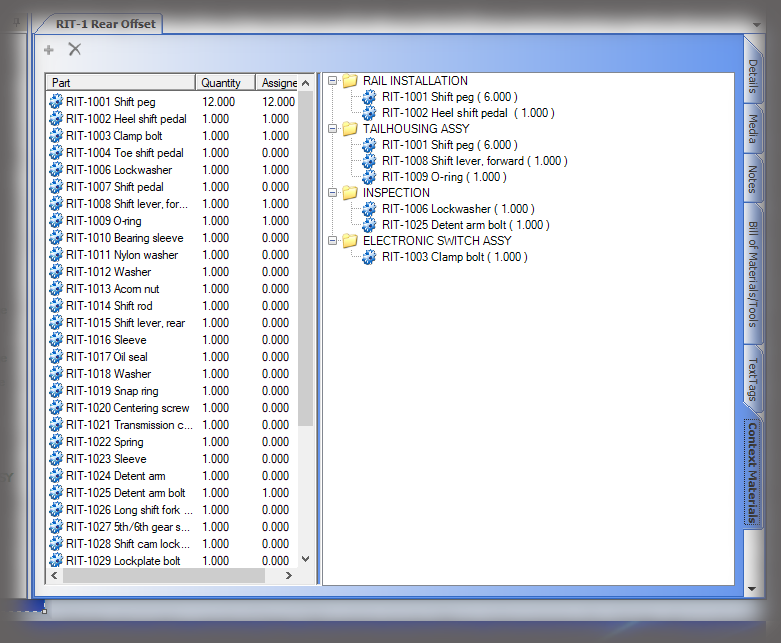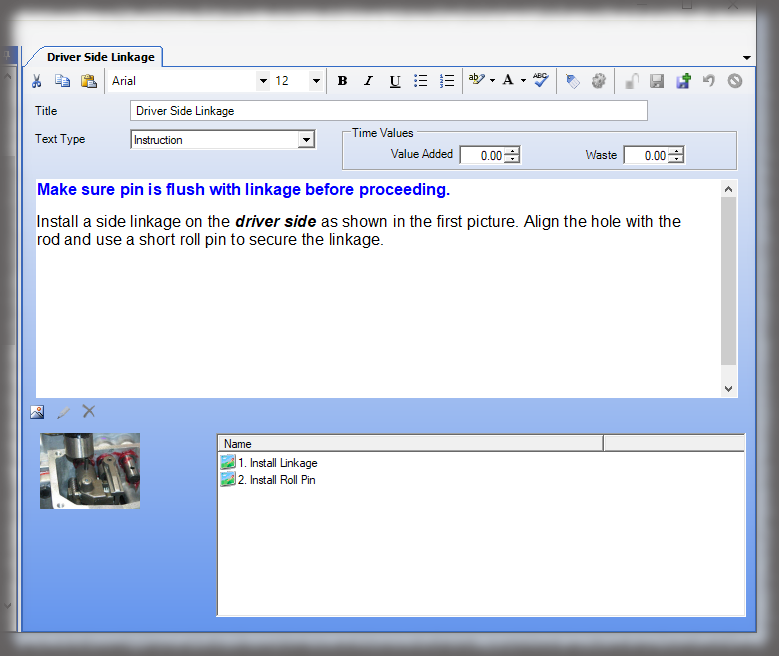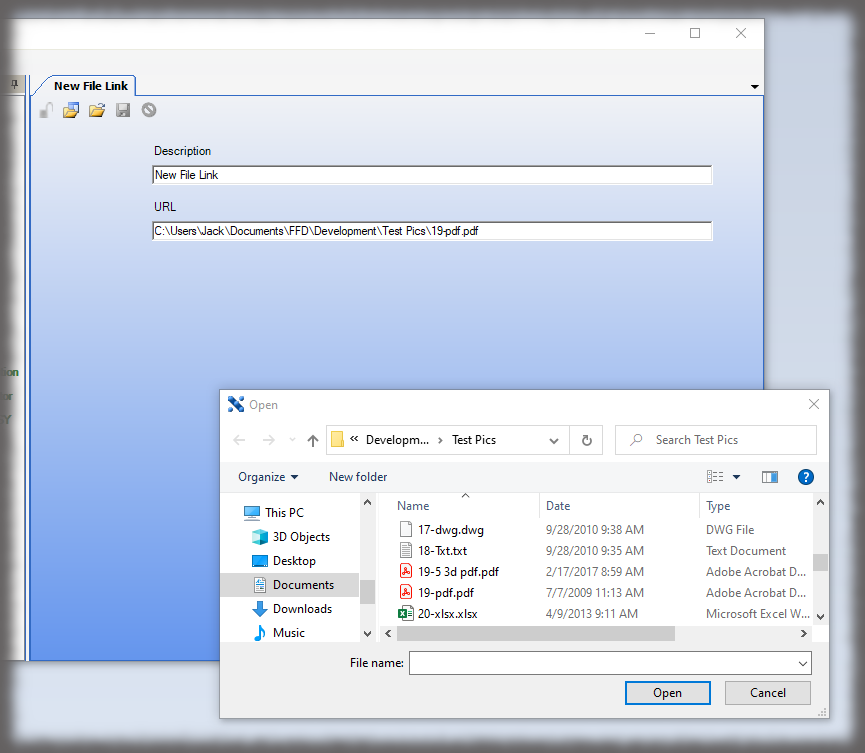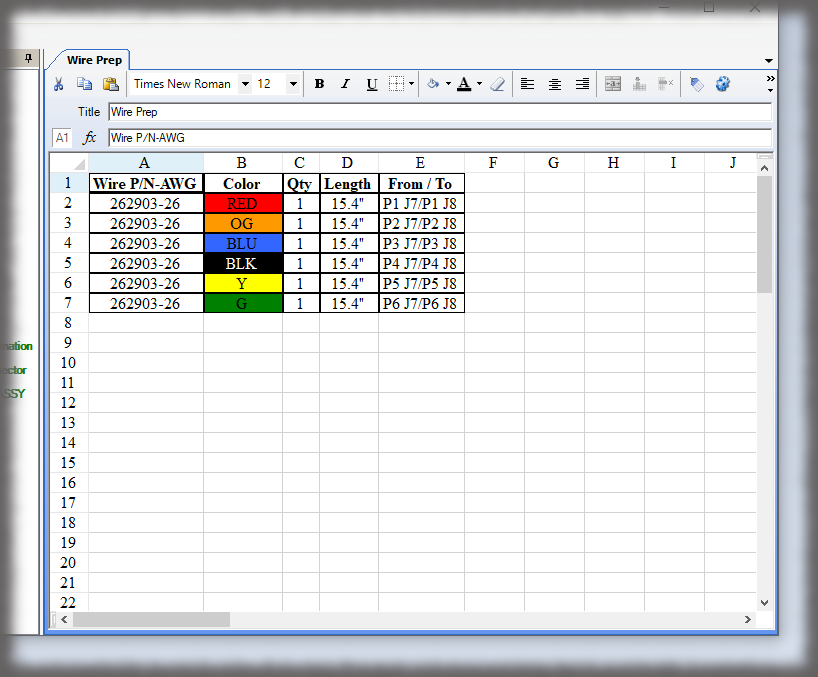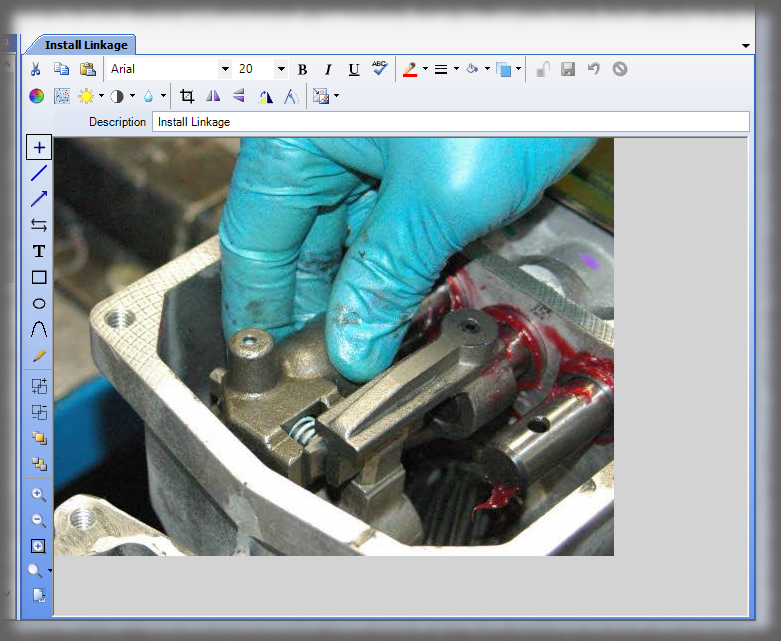The Role of Work Instructions in Manufacturing
Work instructions are detailed documents that guide manufacturing personnel step by step through a process. They provide essential information on how to assemble, fabricate, and inspect products, ensuring consistency, quality, and safety. Manufacturing engineers are responsible not just for creating the work instruction, but for updating and managing these documents in a timely fashion to maintain product quality and meet regulatory requirements.
Challenges Faced by Manufacturing Engineers
Manufacturing engineers face a range of challenges in their roles, which can vary depending on the industry, company, and specific job responsibilities.
Information Overload
In many manufacturing environments, engineers are inundated with information that may or may not belong in their work instructions. The instruction will almost always include a text description of the process, but it will often include drawings, charts, video, and a bill of materials (BoM). For consistency, it is important for a team to determine at the onset what types of information will be used.
Dual Entry
Until the advent of work instruction software BoMs were rarely included in the documents due to the constant updating required when a BoM change took place. However, with systems that integrate with each other sharing data those updates are automatic. Thus, information that was excluded due to dual entry can now be easily included to aid the operator.
Version Control
Keeping work instructions up to date is mandatory for some regulated industries because the use of outdated instructions can lead to product failure injuring an end user, or it could injure someone in manufacturing. Manufacturing engineers often struggle with version control, even in companies that have document management solutions.
Lack of Context
Work instructions sometimes lack the necessary context because engineers may document instructions without a clear understanding of why certain processes or steps are essential. The lack of context leads to production errors, but new software tools alleviate some of this burden.
Accessibility Issues
Accessing work instructions can be cumbersome, especially when they are stored in physical binders on dusty shelves or buried within a labyrinth of digital folders on a network share. This results in delays in accessing critical information during production.
Strategies to Reduce the Burden of Writing and Maintaining Work Instructions
Reducing the burden of writing and maintaining work instructions is essential to improve efficiency in manufacturing processes.
Digitalization and Centralization
Transitioning from paper-based or scattered digital work instructions to a centralized digital platform can significantly streamline access and version control. Cloud-based solutions make it easy for manufacturing engineers to access the most up-to-date instructions from anywhere. However, we have found that many companies (especially in highly regulated industries) prefer to keep this proprietary information on-premise.
Visual Work Instructions
Utilizing visual aids such as images, videos, and 3D models can simplify complex processes. Leveraging visual aids makes the authoring process much easier because it can be hard to accurately convey a complex task in words alone. But visual work instructions also provide a more intuitive understanding of tasks in production, reducing an unnecessary load on the operators.
Global Instructions
Breaking down complex processes into smaller, modular instructions can make work instructions more manageable. In the digital world modular instructions make global changes very easy.
Contextual Information
Providing context within work instructions is crucial. Engineers should understand the purpose of each task and how it fits into the overall production process. This can enhance problem-solving abilities and encourage innovative thinking.
Feedback Loops
Establishing feedback mechanisms for production to suggest improvements or report issues with work instructions leads to continuous improvement. This promotes a culture of collaboration and innovation within the larger team.
Standardization of Formats
Standardizing a format or presentation of documentation across different products or processes can make them more predictable and easier to navigate.
Regular Audits
Conducting regular audits of the work instructions helps identify redundancy, outdated information, and areas where simplification is possible.
Benefits of Lessening the Burden on Manufacturing Engineers
Lessening the burden on manufacturing engineers can have several significant benefits for an organization. Manufacturing engineers play a crucial role in product development and production processes, and reducing their workload can lead to improved efficiency, quality, and innovation.
Improved Productivity in Production
Simplified and accessible work instructions allow operators to complete tasks more efficiently, reducing production downtime.
Enhanced Quality
Clear and up-to-date instructions lead to fewer errors and defects in products, improving overall product quality.
Cost Reduction
Streamlining work instruction management can reduce the resources and time required to maintain documentation, leading to cost savings.
Innovation and Problem-Solving
Engineers spend too much of their time troubleshooting on the production floor and not tending to other tasks. With reduced cognitive load and increased context, engineers can devote more time to innovative problem-solving, driving more valuable process improvements.
Employee Satisfaction
Empowering engineers with user-friendly work instructions can boost morale and job satisfaction, leading to higher retention rates.
Let Sequence Software Help with Your Work Instructions
Reducing the burden of work instructions for manufacturing engineers is crucial for maintaining competitiveness in today’s dynamic manufacturing industry. Using a work instruction solution like Sequence Software, manufacturing engineers can play a more strategic role in achieving operational excellence while maintaining product quality and safety.


